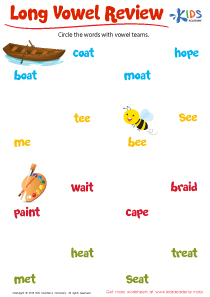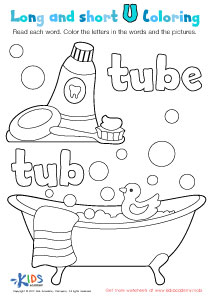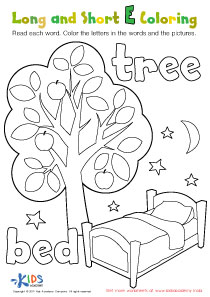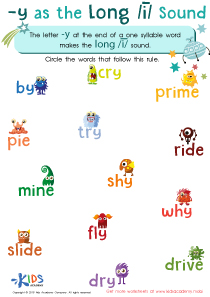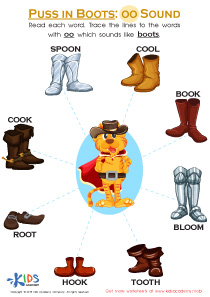Missing Vowels Worksheets for Ages 6-8
6 filtered results
-
From - To
Enhance your child's literacy skills with our engaging Missing Vowels Worksheets designed specifically for ages 6-8! These fun and interactive worksheets encourage young learners to identify and fill in missing vowels in various words, boosting their reading and spelling abilities. Tailored to suit early grade learners, our activities are ideal for at-home study or classroom reinforcement. With vibrant illustrations and age-appropriate content, these worksheets not only make learning enjoyable but also foster essential phonics skills. Explore our collection and help your child gain confidence in their language learning journey today! Perfect for teachers and parents looking for effective educational resources.
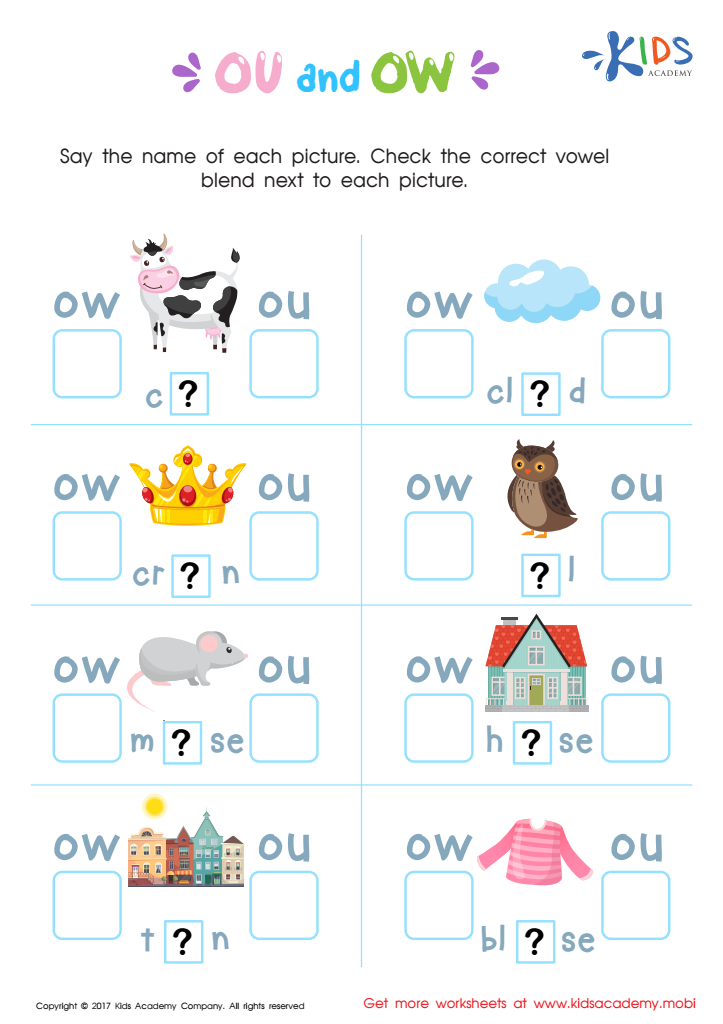

OU and OW Words Worksheet
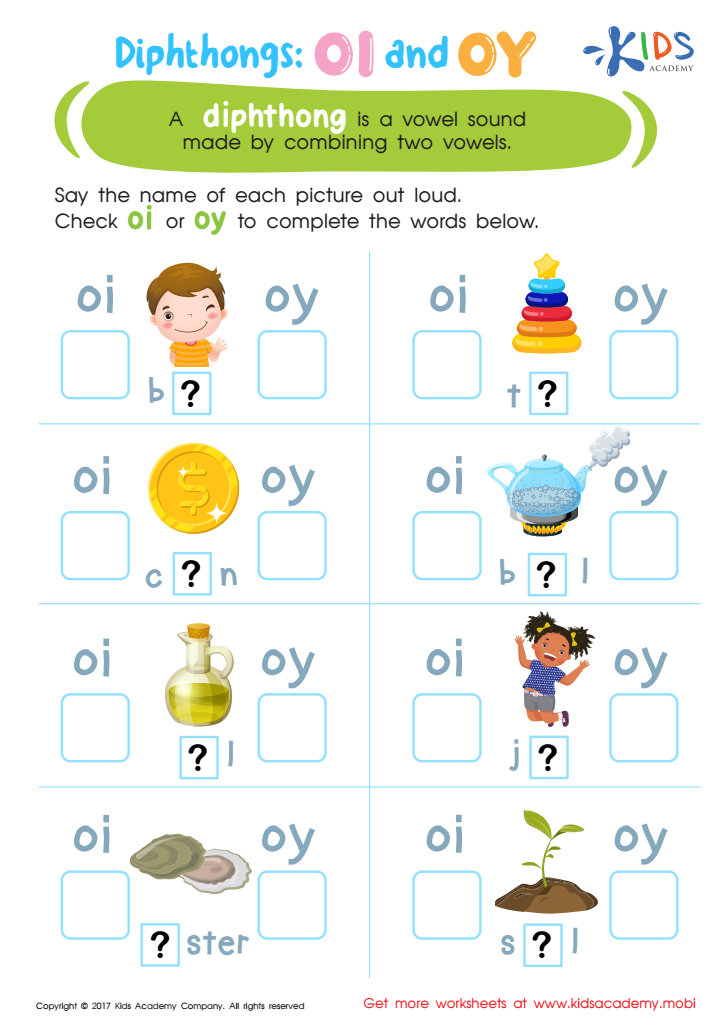

Vowel Diphthongs OI OY Worksheet
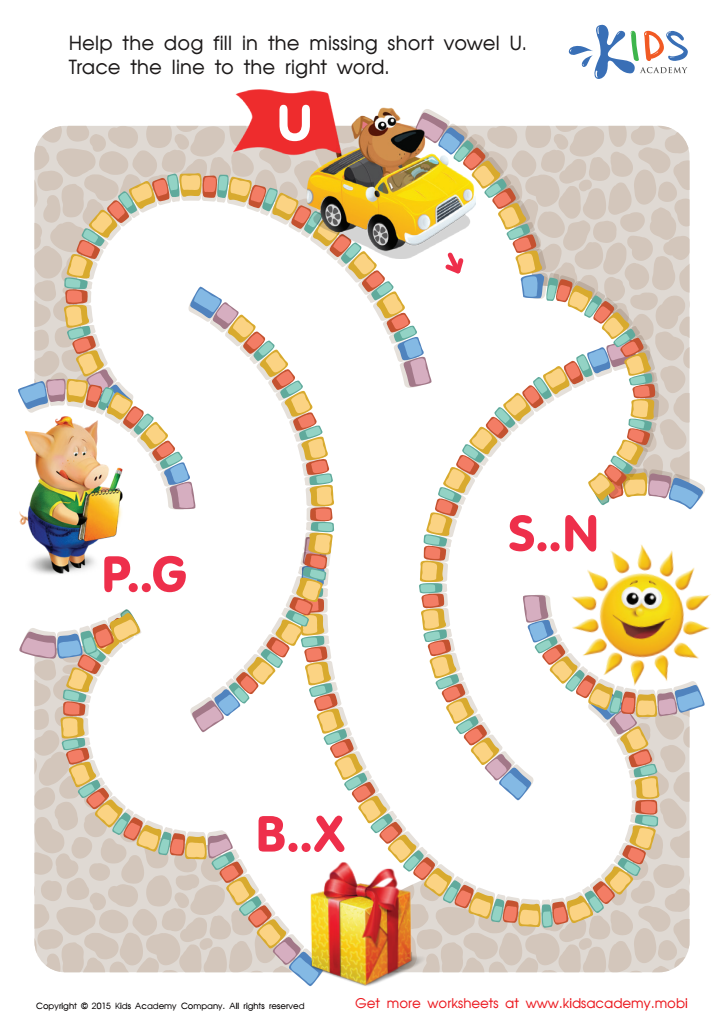

Short Vowel Sound U Worksheet
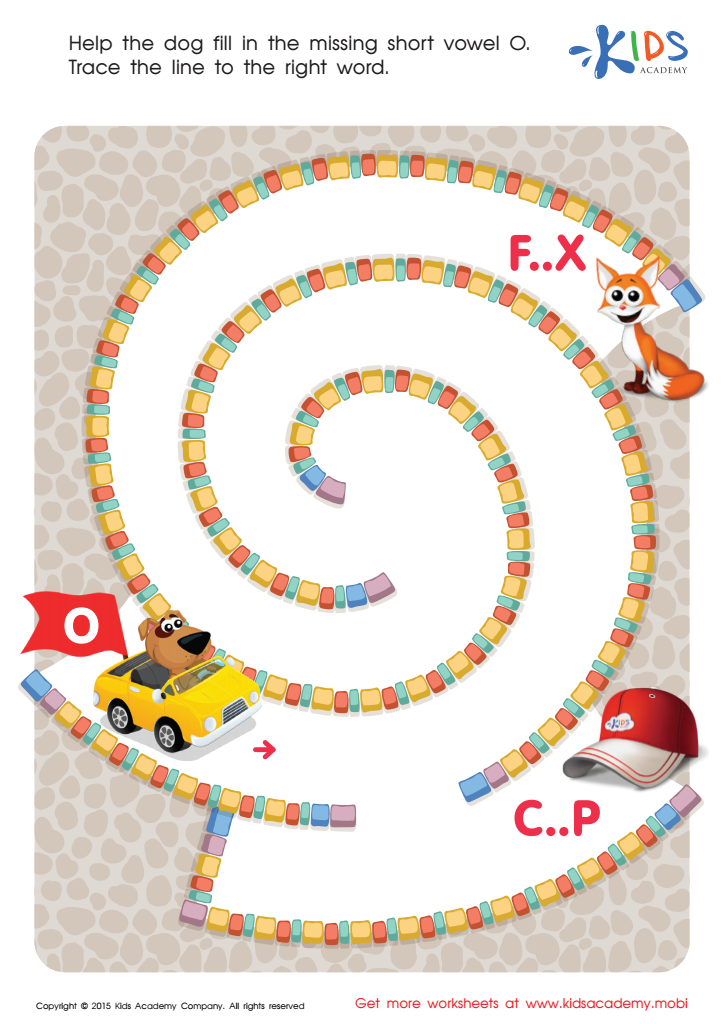

Short Vowel Sound O Worksheet
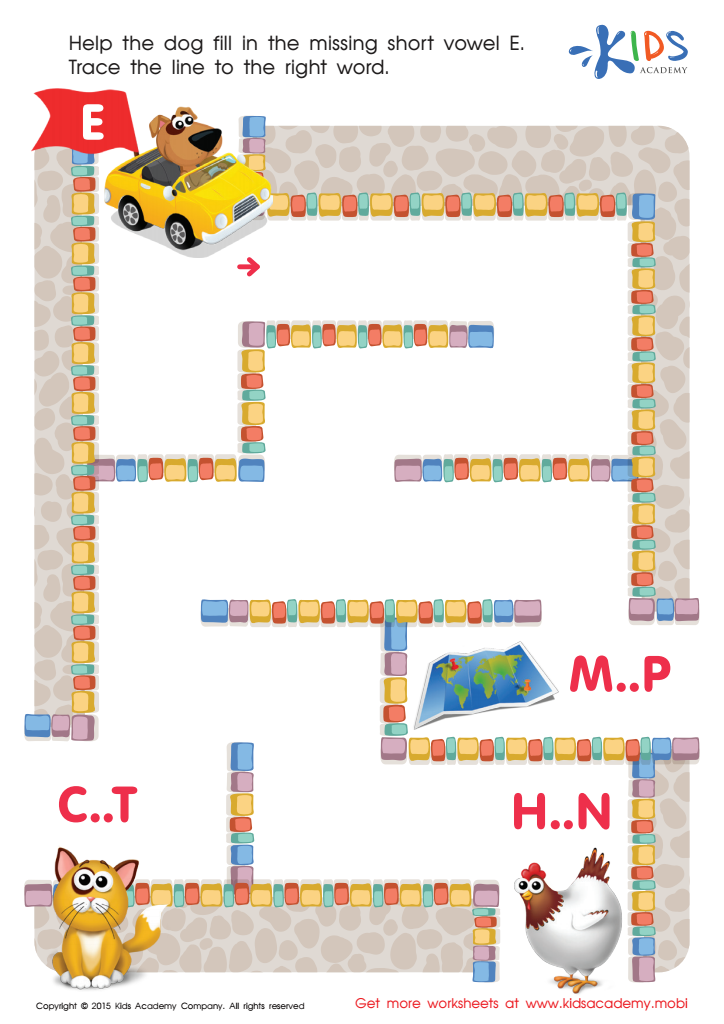

Short Vowel Sound E Worksheet
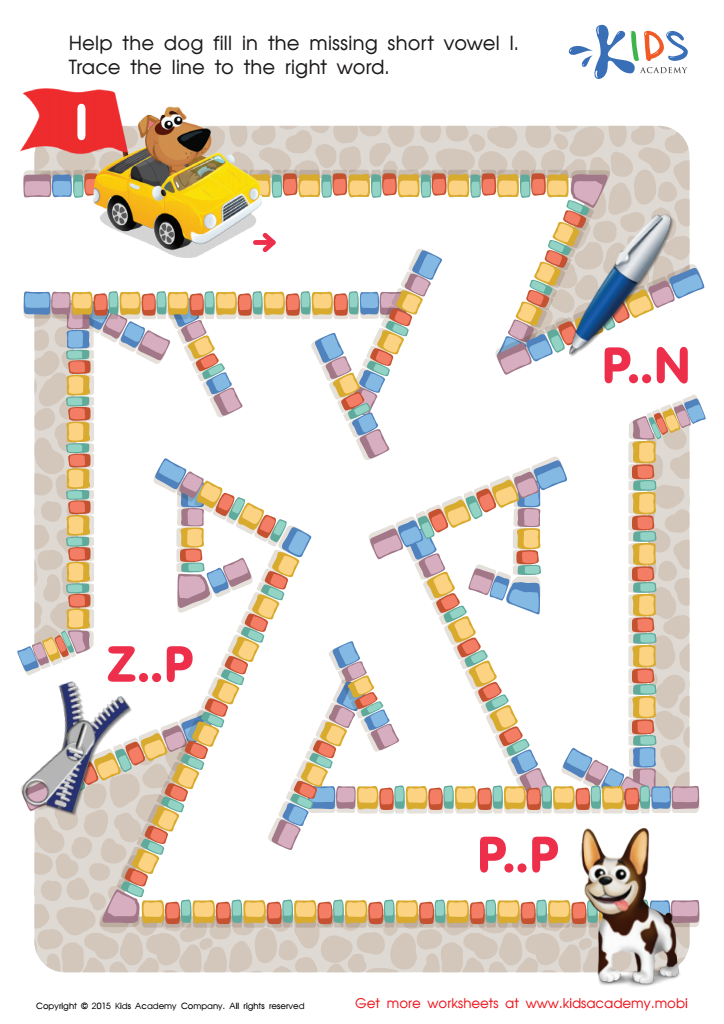

Short Vowel Sound I Worksheet
Missing Vowels is an engaging language activity designed for children ages 6-8 that promotes literacy development by enhancing vocabulary and phonemic awareness. Parents and teachers should care about this activity because it leverages fun, interactive learning to help children identify and understand word structures. By presenting words with missing vowels, children are encouraged to brainstorm and fill in the gaps, which fosters critical thinking and creativity.
This activity not only bolsters spelling skills but also reinforces children's ability to decode and pronounce unfamiliar words. As they navigate through these challenges, they develop a greater appreciation for language and improve their reading comprehension, which is crucial at this foundational stage of literacy. Furthermore, Missing Vowels can easily be incorporated into classroom lessons or played at home, making it a versatile option for both parents and educators.
Additionally, incorporating games like Missing Vowels caters to various learning styles, keeping children motivated and engaged. By caring about such activities, parents and teachers contribute to building strong literacy skills that support academic success and lifelong learning. In essence, Missing Vowels provides a supportive, enjoyable framework for nurturing young readers and writers, making it an essential tool in literacy education.

 Assign to My Students
Assign to My Students






